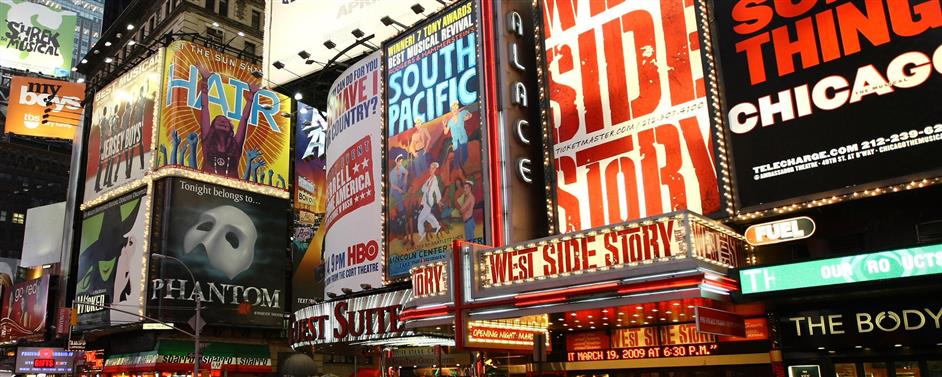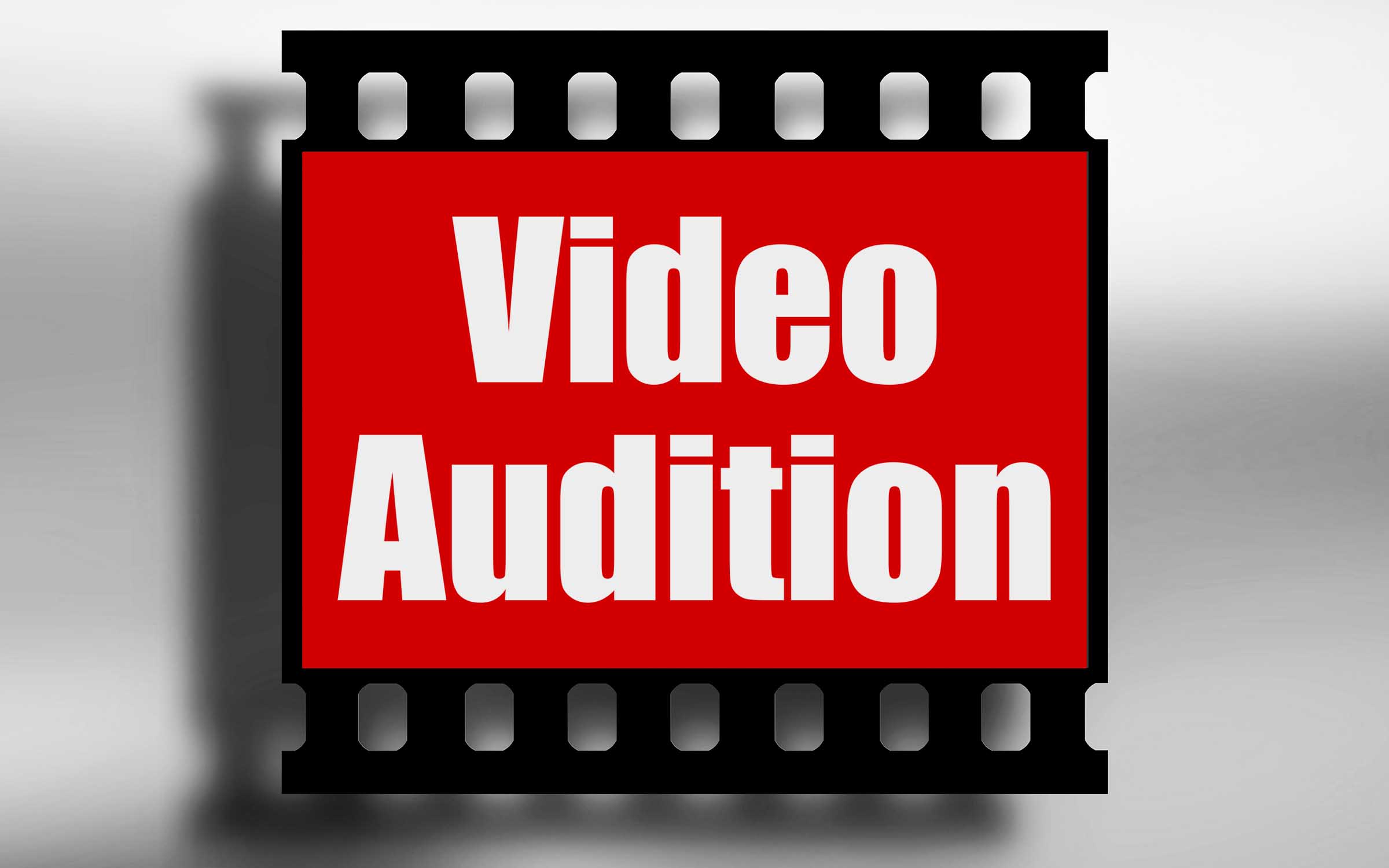UKULELE JAM SESSION #1
Saturday, June 29, 2019 by Patti Barrow | General
Come to the first of TWO Jam sessions!
Come sing some fun songs, play your Ukulele and have a great time!

How to Make a Great Video Audition
Tuesday, October 9, 2018 by Patti Barrow | General
Audition Video Tips
Many times students are given the opportunity to participate in a "video audition" for a show, a competition, and more commonly for collegiate applications into a series of Music or Theatre degrees.
This year we have two video-submission competitions (Hal Leonard and Classical Singer Magazine), as well auditions for One Voice Children's Choir and other local auditions.
THE MOST IMPORTANT thing to remember when submitting a video audition: Make sure your contact information is part of the video itself. Of course you name the file the way the agency requests it: your name, project, character, etc., but the file name can be easily changed after it has left your computer. You should always strive to have your name and contact info on the video itself.
From my friends at Ithaca College, in NYC, here are some great tips for a fantastic video audition!
TOP TEN TIPS FOR RECORDING AND UPLOADING YOUR PRE-SCREEN VIDEOS:
1. Choose a solid background (a blank wall or any solid surface) – if it’s a dark or colored background, be sure to wear a contrasting color or you’ll blend in too much. Create a clean backdrop for your work, with no distracting windows, doors, lamps, light switches, or fire alarms. Keep it simple.
2. Stay away from wearing distracting stripes or patterned clothing – these get distorted on camera.
3. Use a video camera, a Smart Phone or I-Phone, or any digital camera. You may need to adjust the resolution higher or lower to achieve the results you want. Using a higher resolution may complicate uploads. Take a short test video for practice.
4. If standing, stand a few feet away from the wall – this eliminates distracting shadows.
5. A full-body shot or medium shot (waist up) is preferred for your songs and monologues, so we can get a sense of your overall connection to the piece, as if we were watching you in a rehearsal room. This is a recorded theater audition, not an audition for on-camera work, so close-ups are not necessary. Keep the camera in one place.
6. Light the Face. Try to have the light source in front of you (face the window if you’re just using natural light, or a table lamp or floor lamp), so your face is lit and we can see you clearly. Don’t have your back to the light source, or you’ll be in darkness.
7. If you have prepared a slate as part of your audition video, then feel free to include it. A slate is helpful, but not required. If you choose to slate, all you need is: “My name is _________, and my first piece is from (play title) by (playwright). My second piece is from (play title) by (playwright).” No extra information or introduction to the piece is necessary.
8. Try not to obsess over a little mistake – we’re all human. Do a couple of takes of each monologue or song and choose the one to upload. Make sure the sound quality is good and watch your videos all the way through before you upload them.
9. For your actual monologues and songs, you can choose to look into the camera, slightly above the camera, or slightly off-center to the right or left of the camera (but not in profile please).
10. Keep the upload process simple. There is no need to add captions or graphics.
Preparing a MT Piece!
Wednesday, September 19, 2018 by Patti Barrow | General

Tips: Learning Musical Theatre Songs
Like classical Italian Opera, Musical Theatre repertoire can be challenging and time consuming to learn! But, the prep work is well worth it!
In order for any "scene" to be effective, we really benefit from developing and internalizing a history; details for the character to bring with them, so we begin already "in scene" when we open our mouths to sing their song.
Because singers are often hired as "actors who can sing" rather than "singers who can act", I strongly recommend these tips when preparing for our MT auditions, talent shows, broadway reviews or carpool Karaoke with James Cordon:
1. Read the full story of the show (synopsis). Pay close attention to:
- When the song comes in the show
- What happens right before the song, to set it up
- What makes THESE WORDS so pivotal in the story, so important for the character's development and so important for the audience to know right now? Why this character, these words, this song, and not something else?
2. Watch any live/recorded performances that you can, in context of the show.
3. Listen to at least five recordings of five different singers,
- Get a feel for each singers instrument, their interpretation and their individual delivery of the same song.
4. Questions from my handout "Develop Basic Acting in Your Singing":
- When does the story take place?
(Era of time? Season of year? Month? Day of the week? Day? Night?)
- Where does this experience take place?
(Location and surroundings... describe what you see, hear, smell and touch)
- Who is this person singing?
(age, education, social status, personal traits, goals, trials, family dynamic, etc.)
- What goes on just minutes before the character sing, why these words?
(a good story has some kind of conflict. In this song, is it laid out? resolved? gets more complicated?)
- Who is this person singing TO?
(Themselves? If someone else, what is the relationship history?)
- Is this song representational or presentational?
(are members of the audience merely witnesses to or are they active participants in your scene?)
- What experiences in your own life can you bring to this characters pain, joy, loss, strategizing, etc.)
- Choose and mark your emotional progression within the song
(a great performance will builds and wanes in intensity, tempo, expression, etc. One emotion, no matter how passionate, will bore your audience).
So there we have it! Some things to think about when choosing and preparing a song! Find one that speaks to you, that you can pour a piece of yourself into.
Your heart can soar on vocal wings...I'm here to be your guide!


